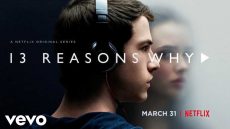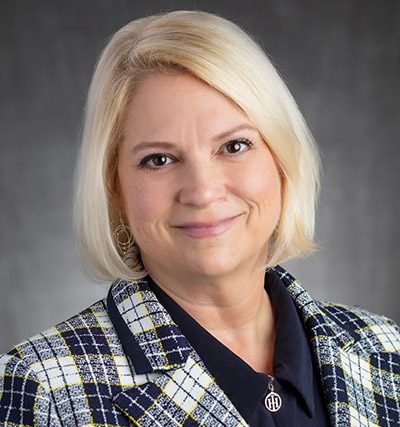By Raegan Scharfetter/se news editor

Photo courtesy Netflix
Teenage angst, something we’ve all experienced, is seemingly glamorized in the Netflix original 13 Reasons Why.
Based off the 2007 mystery novel written by Jay Asher, 13 Reasons Why follows the life of high school student Hannah Baker (Katherine Langford) and her 13 traumatic experiences that eventually lead to her suicide.
In the first episode, the audience meets Hannah’s closest friend, Clay Jensen (Dylan Minnette), and the 13 cassette tapes she left her classmates, explaining every reason she made her choice. The perspective shifts between the past as seen by Hannah and the present as experienced by Clay.
Throughout the series, topics of abuse, rape and suicide are all vividly exposed to the audience, causing big controversy. Why would a show revolving around the sensitivity of suicide showcase graphic scenery that could potentially trigger viewers watching?
Although the graphic scenes of the series were given a discretion advisory, it did not make them easier to watch. The scenes of rape and suicide especially were depressing and disturbing, knowing that teenagers were watching as well. It allowed the possibility for some to think that suicide is rational and a way to get back at the people who provoked it.
Hannah did not leave an explanation for her family and only left one for the select people who caused her grief and pain, which was not a good message to send to teenagers.
Nineteen-year-old Alexa Curtis told CNN she could have been like Hannah Baker.
“Had I been watching that as the vulnerable, fragile kid that I was when I was 13 or 14, I might have watched that and thought, ‘Oh, that’s the easy way out. This is going to get me the attention that I need. This is what I have to do,’” Curtis said.
This quote represents others who feel similarly. The issue cannot be overlooked.
Selena Gomez was the executive producer for the series. Being a huge role model for a young demographic and also an advocate for the importance of mental health, Gomez should have considered a different method of execution for the series.
Overall, 13 Reasons Why is captivating and eye-opening, but the underlying message was lost in translation. If there was going to be a targeted audience for the series, it should have been parents, not teenagers.































